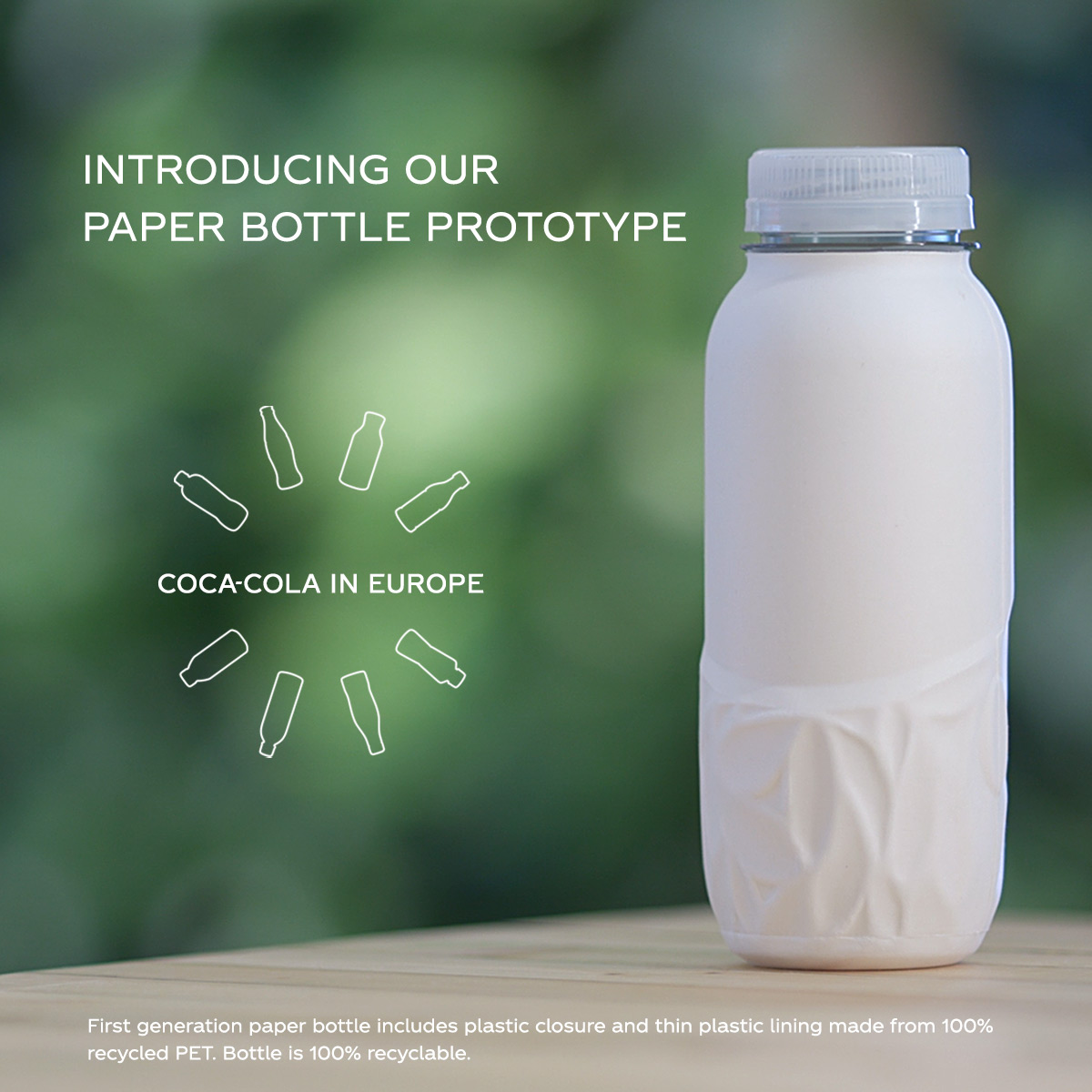Pasta & Cookie plastic packaging goes for sustainability
Clariant Specialty Chemicals
Like many of us, it was our first childhood lesson in culinary circularity: Seeing how, when the cookie baking season was lastly, here again, scraps of remaining dough from the cutting were re-rolled and added the fresh dough to make a new batch.
Making the same with homemade pasta is a little more tricky, so intelligent Italian grandmothers invented maltagliati. Still, with a bit of water, olive oil, and a try, it is certainly possible.
Single-Use Plastic
Making plastic films applied to keep cookies, pasta, and many other fresh and clean products make things less comfortable.
Special Additives
The process produces a lot of similar scraps. Still, as a team of experts from Clariant’s Business Unit Additives studied during working with a global film producer, only a fraction can be reused for production. To improve this, they created AddWorks PKG 906 Circle, a unique polymer stabilizer that substantially boosts scrap reused rate in polyolefin films.
Most top plastic films are made by melting down pellets of polyethylene (PE) or polypropylene (PP) pitch and casting or blowing them into big sheets and tubes, or applying a unique process to make biaxially oriented PP, or BOPP, films. Indeed, the machines used resemble large pasta rollers, and manufacturing waste assembles when films are slit and trimmed. When production startups, shutdowns, and changeovers generate leftovers and off-spec material.
The global filmmaker was already grinding up and reusing some of this scrap – both for the sake of sustainability and costs. Yet even incredibly picky cookie and pasta producers warn that re-rolling dough influences texture and quality. And when manufacturing plastic films, these issues are even more severe.
The difficulty is that the leftovers have already been baked during production, which demotes the polymer chains and networks they consist of. Adding too much of this post-manufacturing trash to virgin resin, and the mix-up will no longer flow properly. It can also promote gel streaks, black spots or breaks at high line speeds, and a yellow tinge in the terminal product.
The AddWorks PKG 906 Circle decreases these effects. Building on a real solution from the AddWorks range, our additive experts created a polymer stabilizer that allowed reintroducing reground scrap at a 20% rate and higher into virgin PP and PE resins without a significant decline in quality or process performance. The stabilizer additive consists of free-flowing white granules recommended for food contact and is nearly as easy to add to scrap as a sprinkle of flour to the re-rolled dough.
The same human cells, polymers, are destroyed when they form free radicals under heat, stress, and oxidation – and AddWorks PKG 906 Circle takes these radicals and stops specific biochemical alterations in other ways. An addition of 0.1 to 0.2% of our stabilizer additive can be sufficient to reduce the risk of gels, spots, and wreckage significantly, maintain high line speeds and achieve the correct, untrained product in the end.
In our testing, this even worked at scrap contents of up to 30%, and the additive also explained better at guaranteeing a good melt flow of BOPP resins than related products.
While being especially suited for BOPP films, AddWorks PKG 906 Circle also works with the cast and blown film and can efficiently be dosed to fit various scrap rates and resin characteristics.
It allows filmmakers to substantially reduce waste and use of virgin resin and cut costs without compromising quality. Due to these benefits, the product is predominantly featured in our EcoCircle initiative, with which we maintain the shift to a circular plastics economy. It is the primary to carry our Circle designator, indicating advantages for reuse and recycling.
We can securely say, anything but a cookie-cutter explication and so proper for reusing scraps that it would even make Italian grandmothers proud.
Read More Article: Fastest Biodegradability Bioska film by Walki






